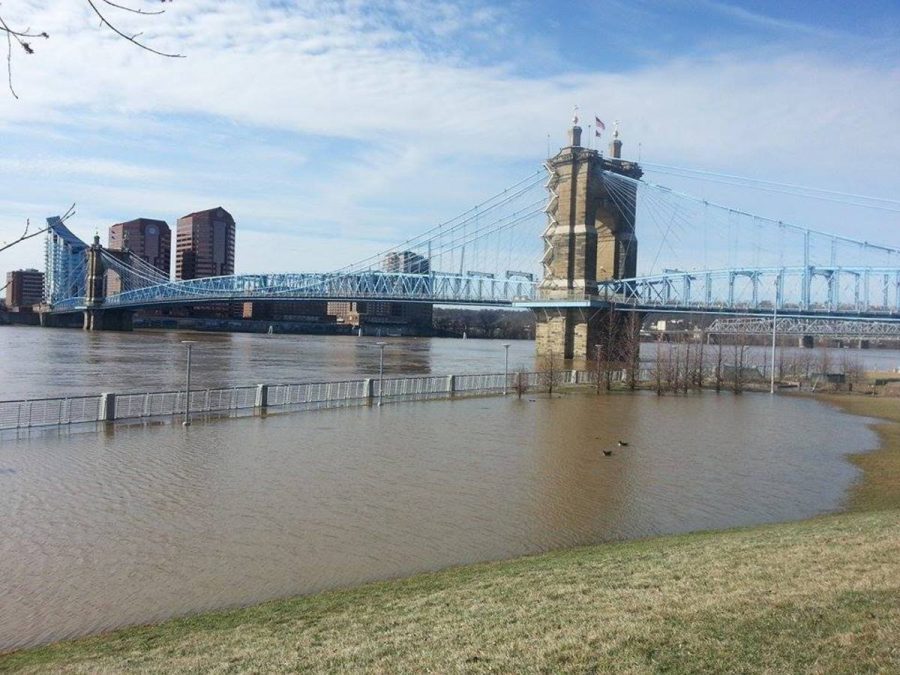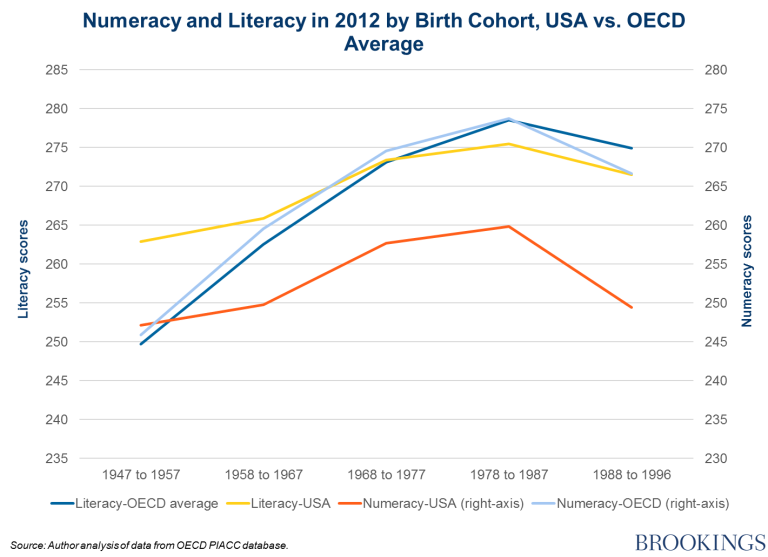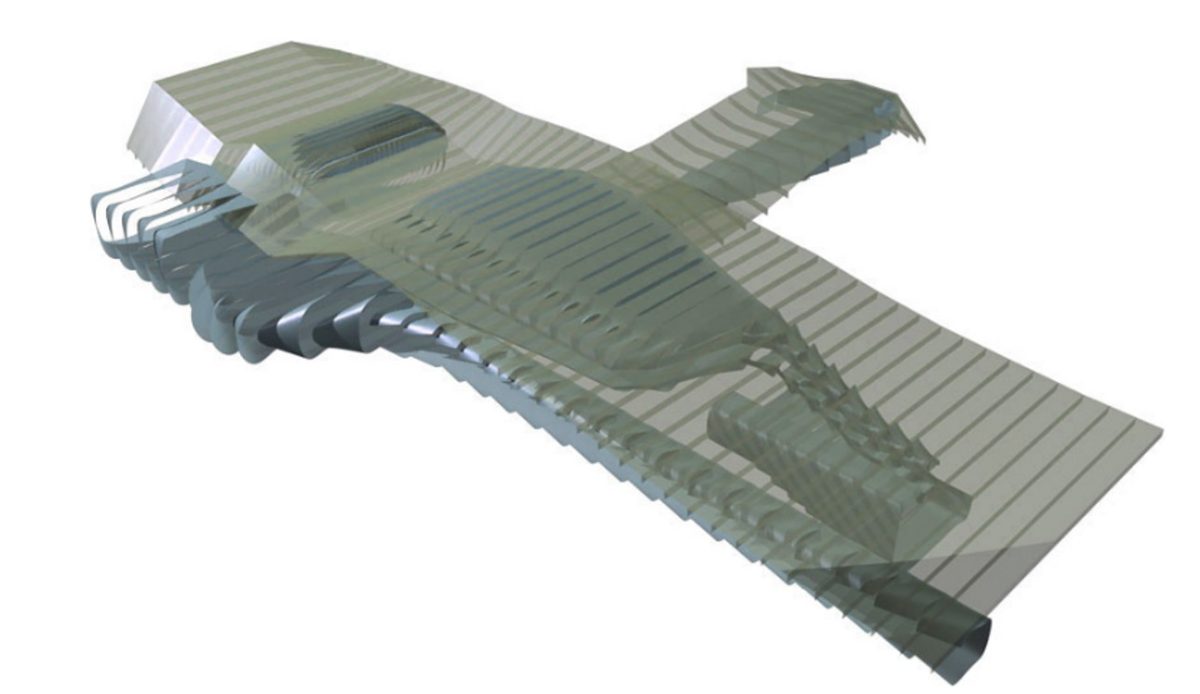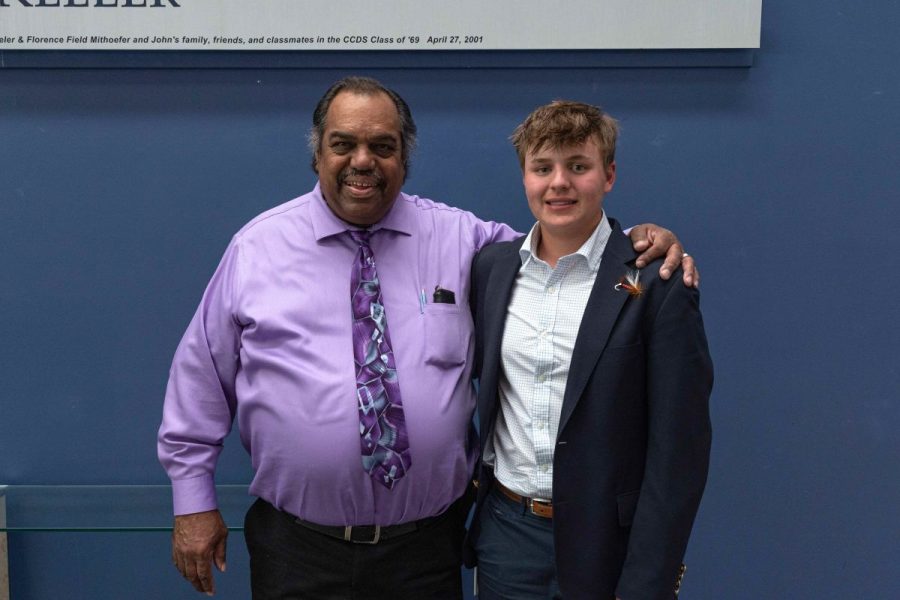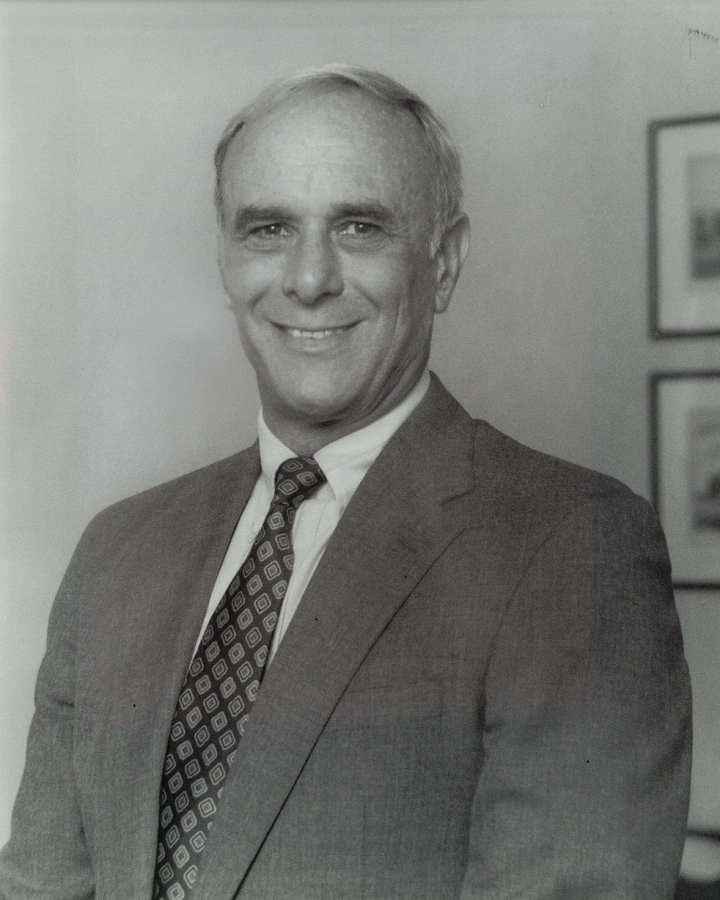By Ruth Krammer ’18, Contributor
Over Spring Break, those who stayed in Cincy were a part of history–pretty exciting, even if you were sitting on the couch when you heard the news. The third largest Ohio River rising ever recorded at 58 feet. Someday, when you’re older and have little kids running around you can tell them about the ancient times when the iPhone 6 had just come out and the Ohio River had flooded for only the third time. But, in order to properly tell your children and grandchildren about the Flood of Cincinnati that you witnessed, you’ll need some of the facts. Including those about the first two floods that occurred in our city.
The first flood to occur in the Cincinnati area was in January and February of 1937 and fully submerged the city, while damaging others in areas like Pennsylvania and Illinois. Hundreds of people died, thousands were left homeless, and in the heart of the Depression, financial losses were equated to about $8 billion today. To begin the tragedy, on January 5th water levels started to rise, but soon after, a great amount of rainfall was recorded, homes close to the river started to flood. The Ohio River quickly rose to 80 feet, the highest ever. Luckily, around the beginning of February, water levels finally started to go down. The responses from the media and government were impressive and overwhelming. Radio was one of the few ways to communicate in the ‘30s and several Ohio stations started broadcasting about only the flood and in some instances, provided information to relief crews sent out. President Franklin D. Roosevelt even sent out relief and rescue crews to the area to help those affected. Eventually, once the River levels went down, short-term housing and food were offered to those affected by the flood.
The Great Flood of 1937, though devastating, actually taught cities to be more careful about their water reserves and levels. Cincinnati, along with many other cities, started reserve projects to better protect themselves from possible floods. Once the water levels went down and people became situated again, all was well in Cincinnati for another 60 years. Then in 1997, another flood hit the city of Cincinnati. Thankfully the flood waters were not nearly as high, but rushing water is rushing water, and a flood is still a flood. Rain fell heavily in the beginning of March around downtown Cincinnati and the River rose again. The loss was far less—only five fatalities were connected to the flood, but again, thousands were still left homeless. Again, the 1997 Flood was very small compared to the Great Flood of 1937, but for those who lived in downtown or anywhere close to it, it was the worst flooding they had ever experienced.
Now, almost twenty years later, the curse of flooding again hit Cincinnati. The third time around, the flooding is not nearly as high as it has been in the past, but still reached an astonishing 58 ft. Trees were drowning in water, houses became submarines, and cars disappeared beneath the currents of the river. Shelters from the Red Cross were sent in, but for this flood, there were more picture-takers and tourist looking natives pining to document their own side of history. Rather than the panic that ensued all those years ago, there were excitement and curiosity roaming the streets. If you haven’t gotten the chance to travel downtown and look at the piece of history forming right before your eyes, it is highly recommended. It may just be a river, but that river is putting itself in the history books. Who wouldn’t want to experience that?
http://biology.clc.uc.edu/fankhauser/Astronomy_Weather/n-r-big.jpg
http://www.cincinnati.com/story/weather/2015/03/12/flood-warning-returns-for-ohio-river/70208408/
https://s-media-cache-ak0.pinimg.com/originals/0e/7f/66/0e7f668e821ea03816137804ed1a33db.jpg



